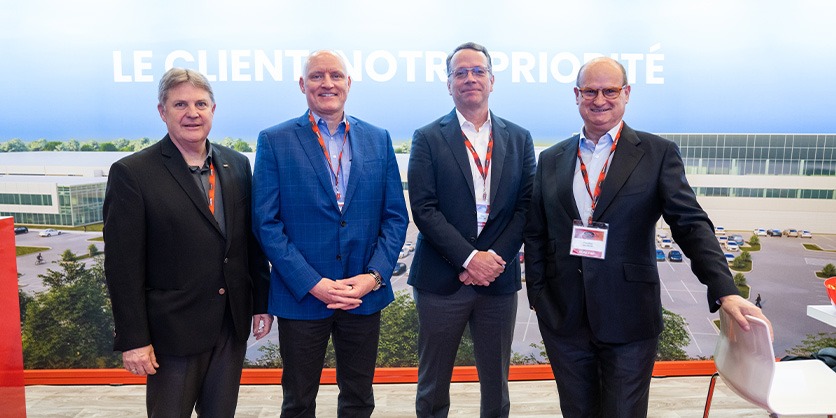Non-residential Building Construction Up 0.9% in Q3
Oct 29, 2018
Investment in non-residential building construction rose 0.9% from the second quarter to $14.4 billion in the third quarter. The commercial (+$141.6 million) and industrial (+$75.8 million) components increased, while the institutional component declined by $86.9 million.
Quarterly investment was up in seven provinces, led by Quebec (+$66.4 million) and British Columbia (+$66.0 million), and followed by Alberta (+$34.9 million).
Non-residential building construction in Quebec was led by higher spending on industrial buildings. Investment in farm buildings (+$26.6 million), manufacturing plants (+$10.8 million) and maintenance garages, workshops and equipment storage facilities (+$5.9 million) drove the increase. Conversely, utility building construction in Quebec declined by $3.3 million. Montréal (+$38.5 million) posted the largest quarterly increase among the six census metropolitan areas (CMAs) in the province, with growth in every component.
In British Columbia, investment in commercial building construction (+$66.5 million) was the primary contributor to the quarterly increase, led by office buildings (+$51.9 million). Investment was up in all four CMAs in the province, led by Vancouver (+$35.6 million) and followed by Victoria (+ $11.0 million).
Investment values in Alberta increased as a result of higher spending on industrial (+$31.4 million) and commercial (+$16.0 million) building construction. Spending on construction of utility buildings (+$13.8 million) and manufacturing plants (+$13.7 million) led the growth in the industrial component. In the commercial component, spending on warehouse and storage building construction (+$45.3 million) was partially offset by declines in the construction of theatre and recreational buildings (-$18.0 million). The Calgary CMAsaw the largest quarterly increase (+$43.8 million), with growth in all three components.
Ontario (-$53.7 million) reported the largest quarterly decline, reflecting lower spending on institutional (-$55.6 million) and industrial (-$31.3 million) building construction. Lower spending on hospitals and health care centres (-$50.0 million), nursing homes and homes for the aged (-$13.6 million) and penitentiaries detention centres and courthouses (-$13.1 million) accounted for the drop in the institutional component. Reduced spending on manufacturing plants (-$47.0 million) and utility buildings (-$23.0 million) contributed to the decrease for the industrial component.
Spending in the institutional component declined in eight provinces from the second to the third quarter. At the national level, the decline stemmed from lower spending on nursing homes and homes for the aged (-$43.5 million) and on hospitals and health care buildings (-$38.2 million). Construction of schools and educational buildings (+$34.3 million) was the lone sub-component to increase from the second quarter, led by spending in Quebec and Ontario.
Source: Statistics Canada, www150.statcan.gc.ca/n1/daily-quotidien/181022/dq181022b-eng.htm











